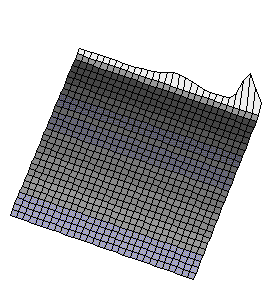Glimpses of Soliton Theory (Second Edition)
Alex Kasman / College of Charleston

Like the first edition of Glimpses of Soliton Theory (American Mathematical Society, 2010), this follow-up aims to introduce the algebro-geometric structure of soliton equations to undergraduate math majors.
Solitons are solutions to certain very special differential equations that have applications in science and engineering. Aside from these practical applications, however, soliton theory is also amazing in the way that it ties together seemingly unrelated branches of mathematics. Unlike most nonlinear differential equations, soliton equations can be solved explicitly using algebraic methods and the set of all of the solutions has a rich geometric structure. This textbook allows undergraduate students to appreciate this "gem" of mathematics with only courses in calculus and linear algebra as prerequisites. (In particular, this book does not require prior experience with physics or differential equations.) Because of its interdisciplinary nature - combining aspects of algebra, geometry, analysis, and applied mathematics - this book would make an ideal textbook for a "capstone class" in mathematics. Moreover, carefully constructed examples and carefully selected topics also make it ideal for a reading course for a student wishing to learn this material independently. | |
|

